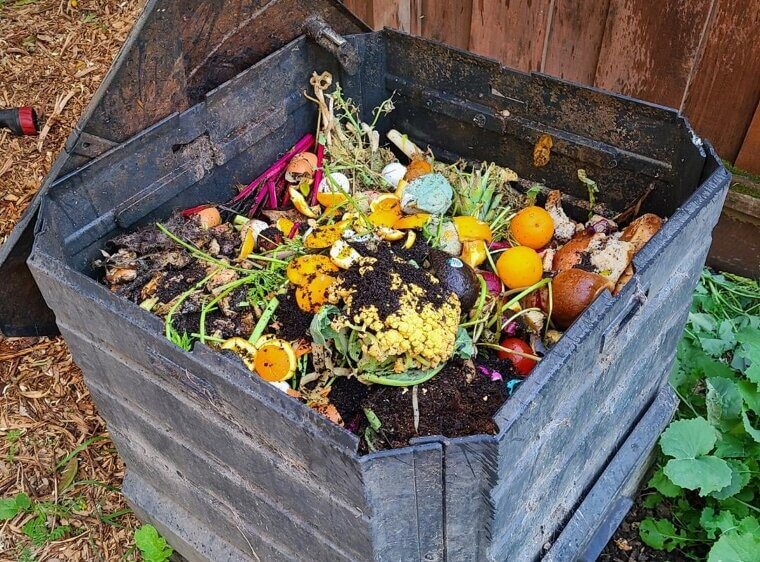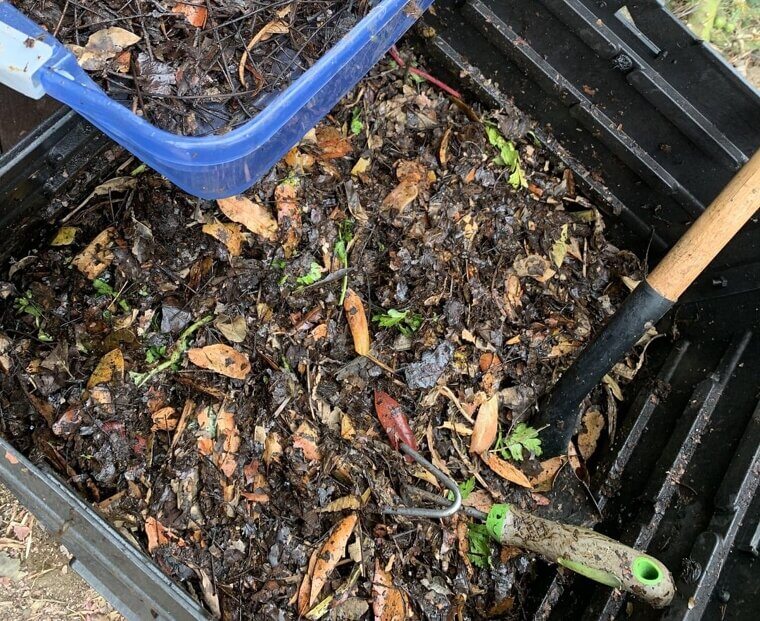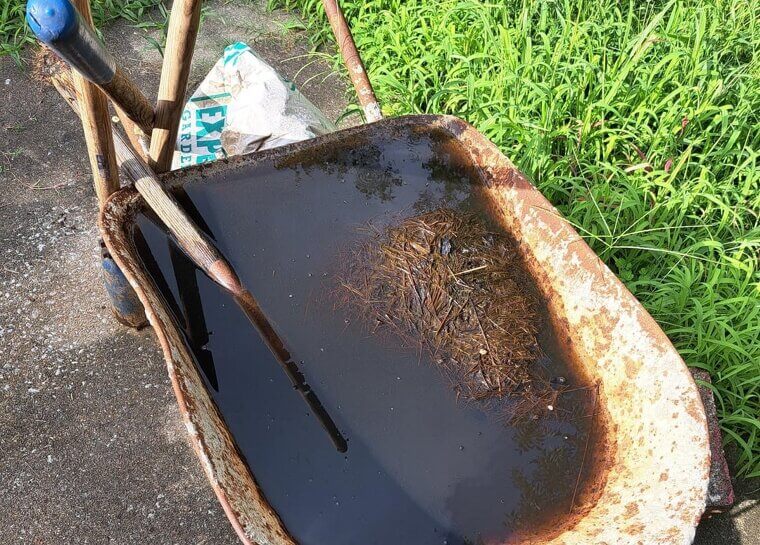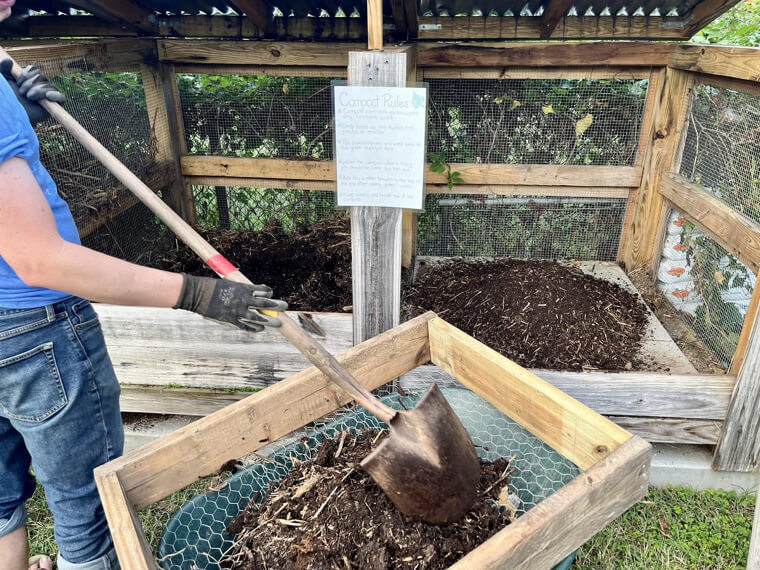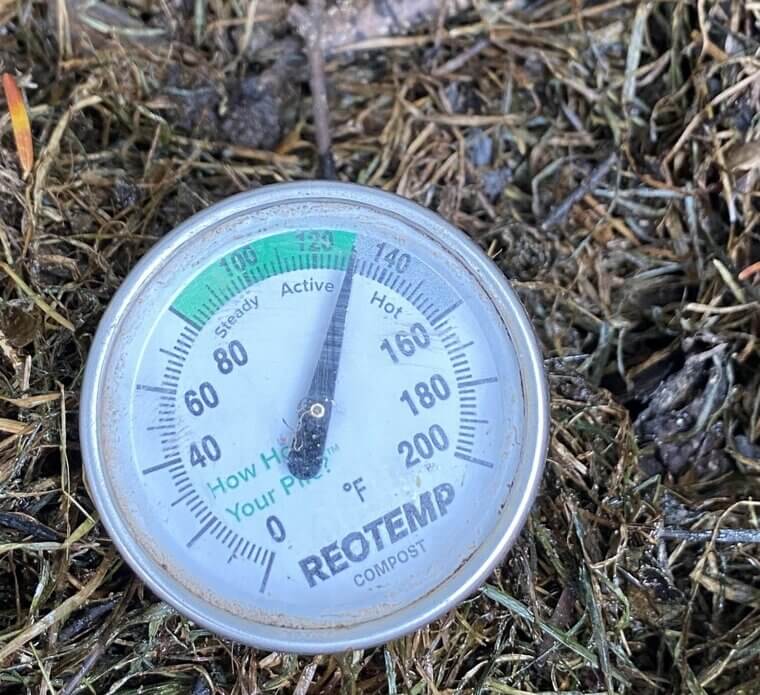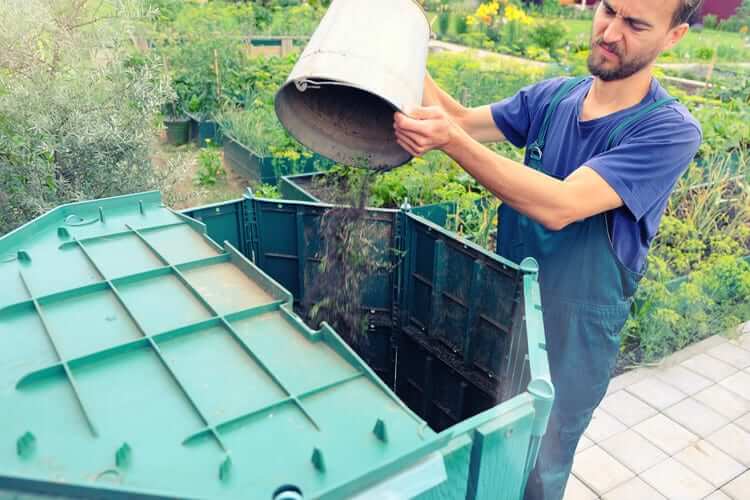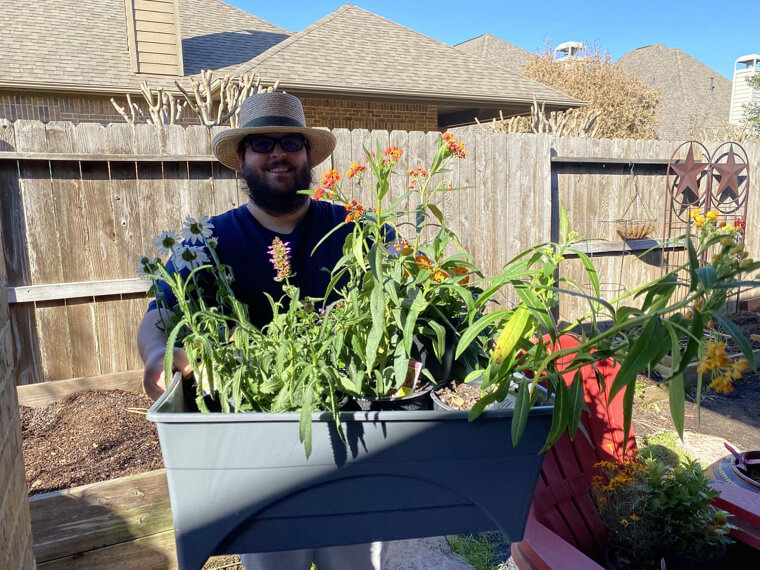What Is Composting Exactly?
Before we begin we have to understand what composting is. In essence, composting is nothing more than putting organic material together in a container and filling it with water. It's literally that simple! All you have to do is turn the material every so often which will allow the bacteria to thrive. Be aware, that the bacteria breaking down all the material creates a lot of heat, but also a dark and rich product similar to soil. You'll know that the process is complete once you can't recognize any of the material and the substance smells like fresh earth.
First Essential Ingredient: Green Material
Green material is anything that is high in nitrogen. Now, before you start panicking that you need a scientific measuring device and a degree in biology to find something high in nitrogen, you can relax knowing that it's much simpler than that. You probably have lots of material high in nitrogen around your house that's on its way to the trash already, things like coffee grounds, peelings, fruit cores, eggshells, etc. Basically any kitchen waste that isn't greasy or meat is perfect for compost. As a side note, manure (not cat and dog waste), grass clippings, leaves, and weeds also work great.
Second Essential Ingredient: Brown Material
Brown material isn't the opposite of green material, but you won't find it in the kitchen so much. Brown material is anything that is high in carbon, and you're going to need it for the compost bin. This can be anything that comes from trees: paper, sawdust, small branches, and twigs are ideal. Ideally, you'll want your ratio of green to brown material to be 50/50. As a side note, cornstalks and kitchen scraps are also great for a little extra carbon to your compost pile.
Third Essential Ingredient: Water
Finally, once you've collected enough green and brown material there's only one thing left to add: water. With water, it's difficult to measure out exactly how much you need so a good rule of thumb is that you want your compost pile to be damp but not soaking wet. If your pile is outside and you're not getting enough rainfall, be sure to dump a bucket on it every now and again. It goes without saying too that the more sunlight your pile gets, and depending on what season it is, is going to determine how much water you should be adding.
Now What Do I Do?
Once you have all your materials together the only thing left for you to do is wait. Well, that and to make sure to flip the pile once a week. It doesn't have to be something that takes you hours, in fact, it shouldn't take you any longer than a minute to do. Simply shovel the outer layers of the compost pile toward the inside until the fresh compost is exposed. After about one to two months of this, you should have a beautiful pile of dark, fresh, and healthy compost ready for use.
Sign Of A Successful Compost: Heat
Compost piles can take a while to break down, but there's one easy sign that tells you definitively that you're doing something right. When you go to flip the pile every week, pay attention, and see if the center is hot. Believe us, you'll know. This heat is important for several reasons: first, it lets you know that the bacteria is indeed breaking down the material. Second, it kills all the weed seeds or any other harmful diseases that could be lurking. If you're not getting any heat, try adjusting your green to brown material ratio.
How Much Compost Is Needed?
How much compost you need depends on the size of your garden. If you have a small, outdoor garden then you don't need to worry about piles and shovels. The best thing to do is get a plastic bin and put all of your materials in there, and then just leave it under the kitchen sink. Another way to make use of small bins is to use earthworms - this process is called vermiculture, and it's great for small gardens or indoor herbs. For outdoor gardens, you want to use a large bin. You can make it easily at home, or go online and find the perfect one for your gardening needs.
What Do I Do With All This?
Compost, otherwise known as "black gold," can be used in any garden, indoor or outdoor. Before planting, add large qualities of the compost to the soil you're going to use, and then continuously add in smaller quantities as your plants grow. You can also use compost to replace any soil that has become tamped down or diseased. During winter, it's not a bad idea to add any unused soil to your compost pile so that by the time spring comes around you'll have fresh, healthy soil to plant your next at-home garden in.


